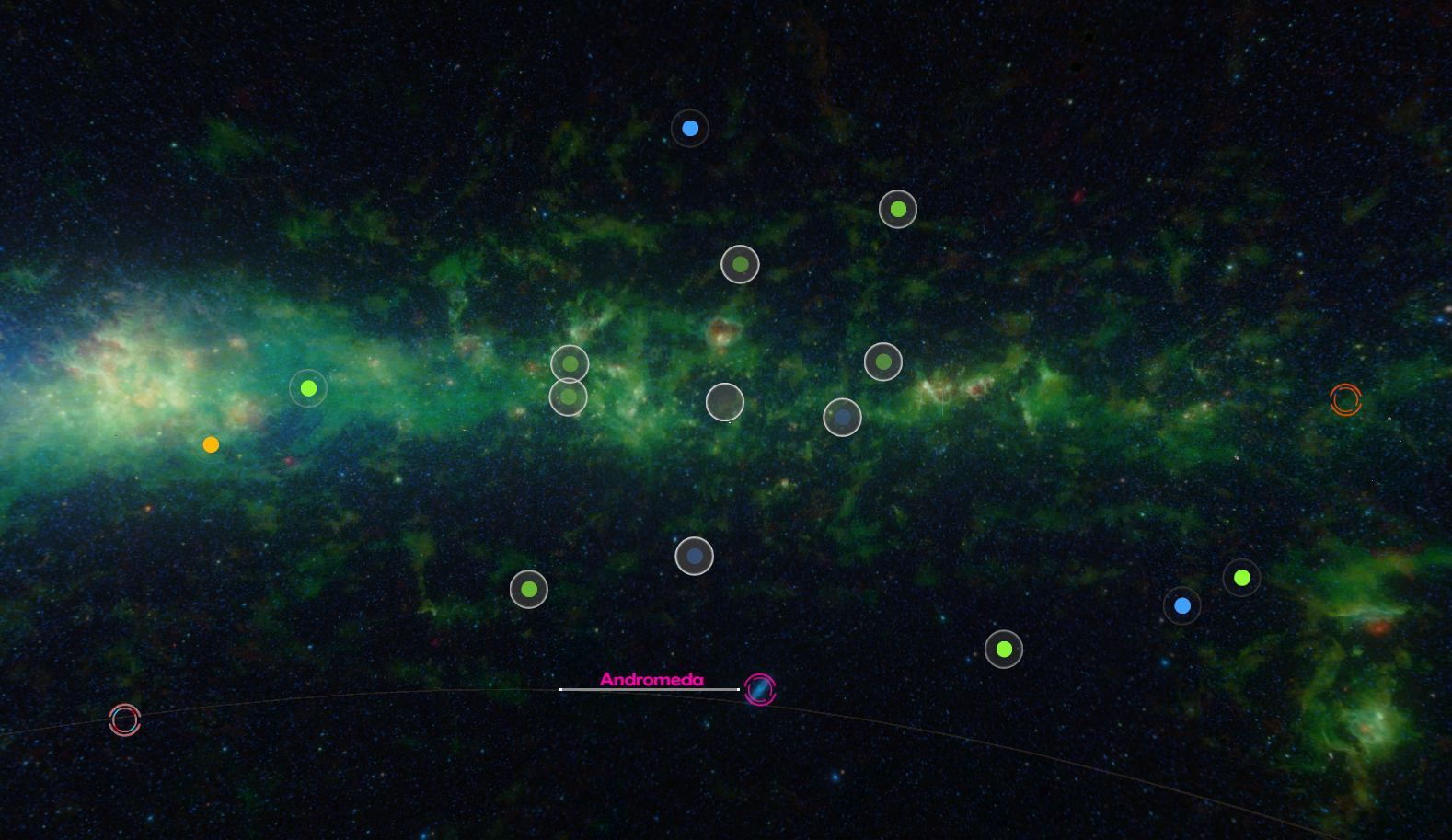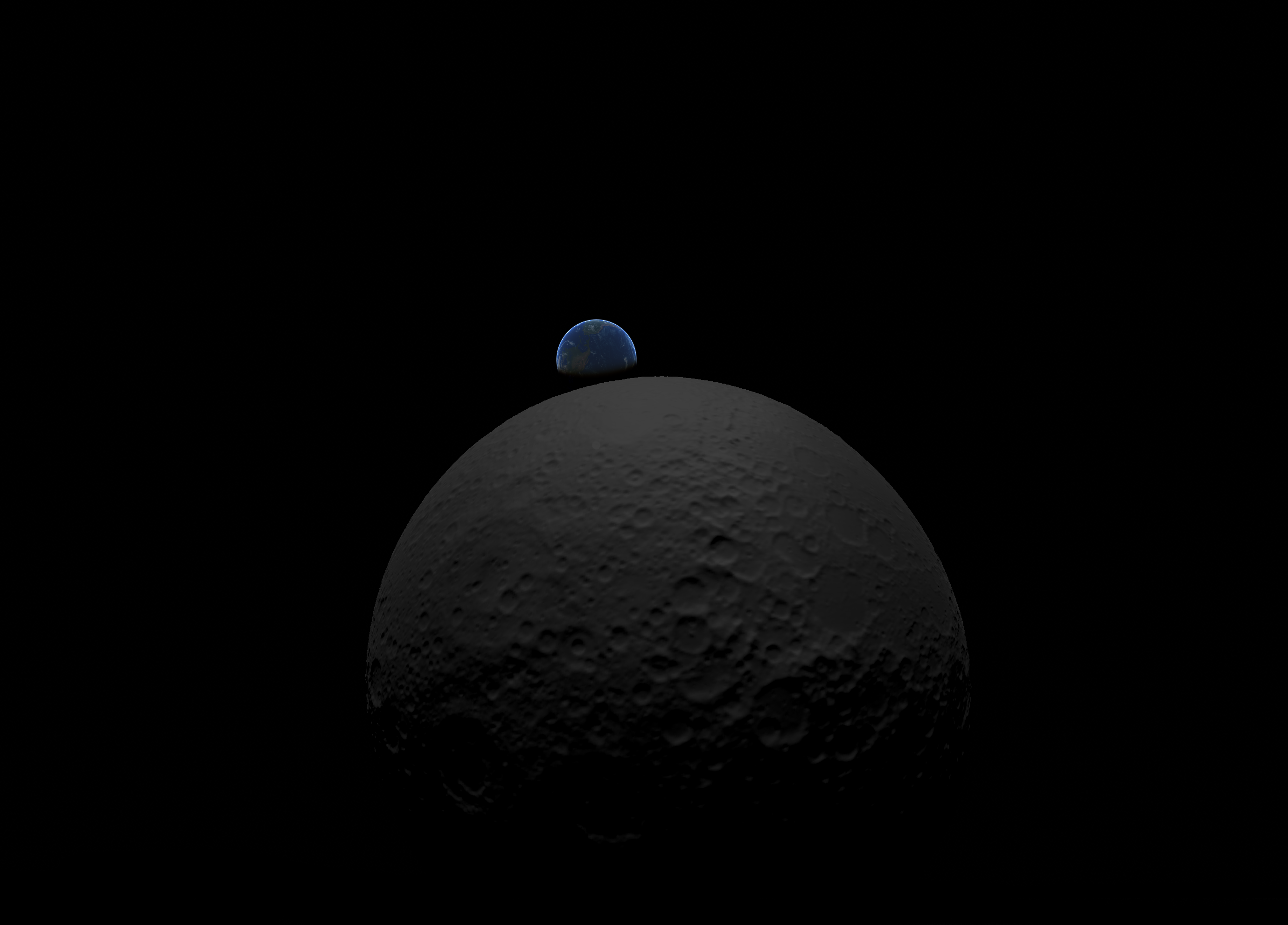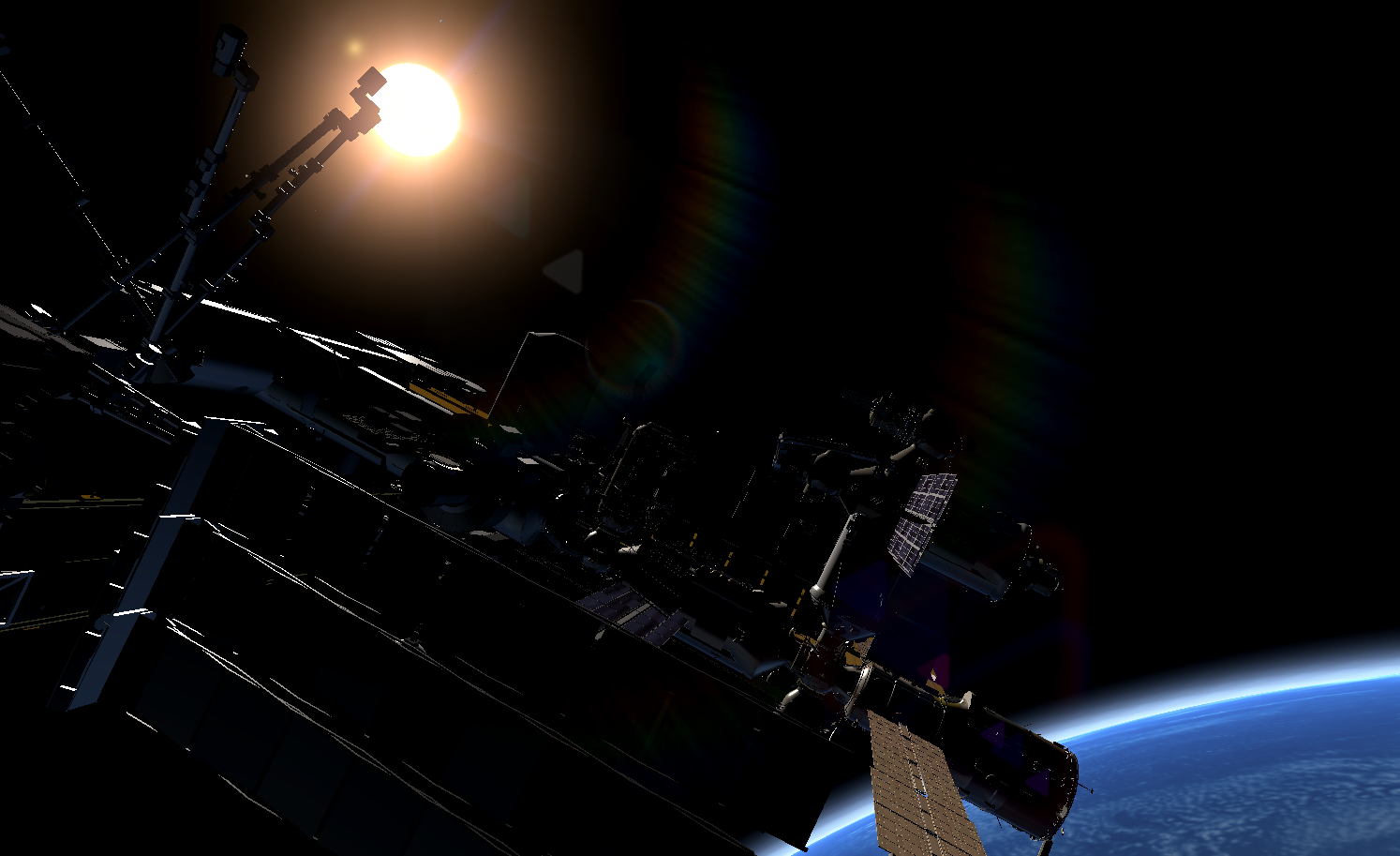Teaching Astronomy in Virtual Reality
Program Environment and Features.
Teching Astronomy with Virtual Reality - ILC
Virtual Reality teaching platform to convey abstract concepts of astronomy through interactive and experiental learning. I developed this platform for use in both education and research in astronomy and astrophysics. The core featureset aims to recreate a virtual world where users can explore different scales of the universe, from geological phonomena on earth, to the planetary interactions of our solar system, and even cosmological events at the galactic scale.

Hyperspectral Cosmos
With the latest data from various sky surveys in wavelengths ranging from radio to gamma, users can view the unobstructed structure of our universe across the entire E&M spectrum. A built-in source-identification system allows observers to learn about different cosmological energy sources we can identify in the night sky, such as pulsars, magnetars, AGNs. Information about the sources' spectra, and astronomical characteristics are also given, opening the door for an encompassing view of the wonders around us, both visible and invisible to the human eye.

Experience the Scenic
Featuring a scaled modeling of the solar system with terrestrial mapping, experiencing the momentus achievements in space exploration history is possible. Events such as the lunar landing of Apollo 11, and more recently, Martian landings is possible. Detailed batch rendering of planetary and satellite surfaces, provided by NASA SVS allows for these state of the art scaled representations. Furthermore, raymarched representations of planetary atmospheric properties (Mie and Rayleigh) are included to further immerse the user regardless of their point of observation, whethre that be from outside the solar system, or within Earth's terrain staring at the blue sky.

Inspect the Unseen
With the capabilities to data from NASA satellites and ground-based observatories, the user is given the tools to uncover what is seen by hundreds of detectors, as seemlessly as we observe the world around us. As incredible as the data provided by these instruments is, there is also value in visiting the machines that make this possible and conceptualizing the frontiers of human space exploration. Provided by NASA GSFC, modeling of dozens of satellites distributed between five planets in our solar system, as well as the ISS is provided. Expanding on this notion of observational exploration, physically-based simulations of the evolution of various high energy sources is also given. This allows users to watch, interact with, and learn about the evolution of neutron stars like Cassiopeia A, which created the beautiful nebula we find in space today - all in realtime.
Massa libero
Nullam et orci eu lorem consequat tincidunt vivamus et sagittis libero. Mauris aliquet magna magna sed nunc rhoncus pharetra. Pellentesque condimentum sem. In efficitur ligula tate urna. Maecenas laoreet massa vel lacinia pellentesque lorem ipsum dolor. Nullam et orci eu lorem consequat tincidunt. Vivamus et sagittis libero. Mauris aliquet magna magna sed nunc rhoncus amet pharetra et feugiat tempus.